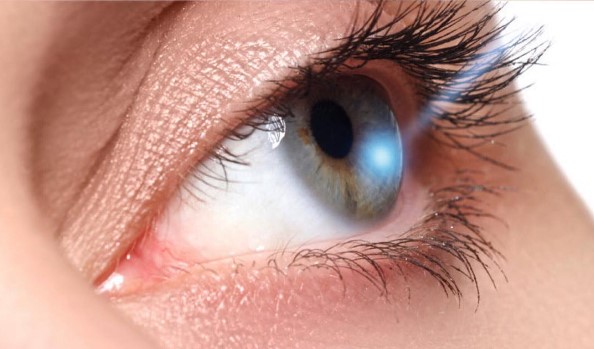IrexLaser was founded by a group of medical professionals who strive to offer innovative technologies that are based on clinical-research and are geared toward enhancing ocular health. The ophthalmologists at IrexLaser have years of expertise, continuing education, research experience, and technological savviness that allows them to develop the most pioneering procedures in the field.
A study in California confirmed a visible prominent limbal ring signifies attractiveness, youth, and health. With iREXLaser, my limbus is finally visible.

I am Brenda from United Kingdom, my eyes look so good after i change my eye color. Thanks Irex.

Lighter eyes has truly advanced my professional life opening new doors and opportunities not available to me before. iREX Laser has provided me with a phenomenal roi.


